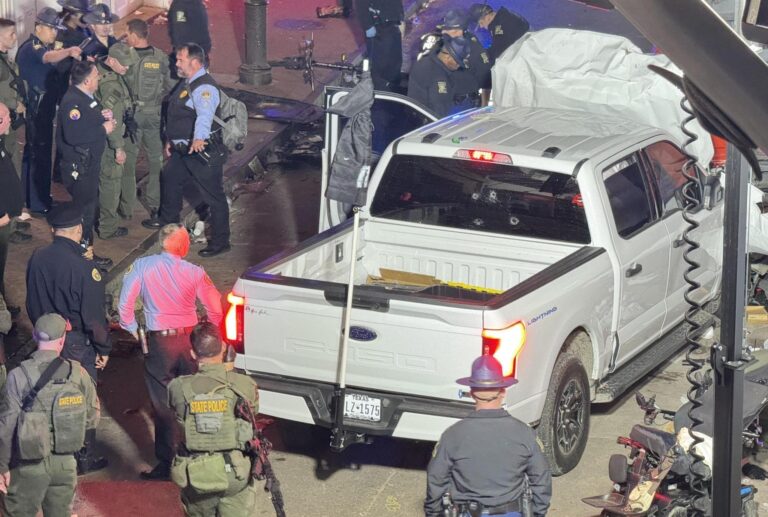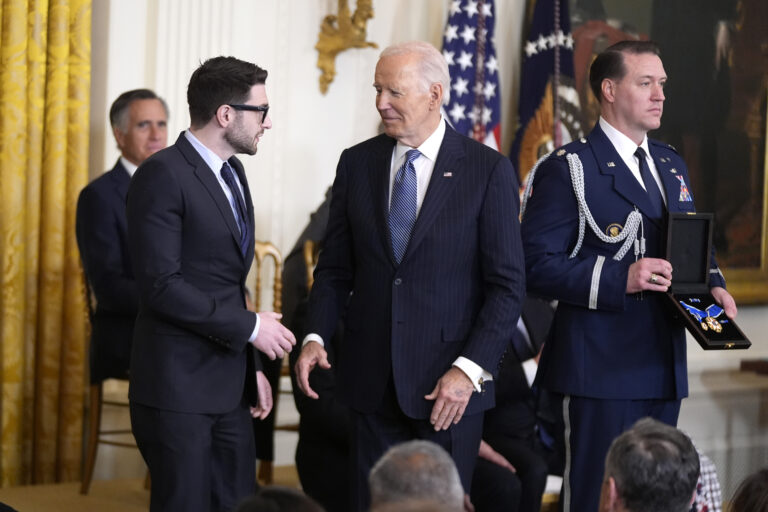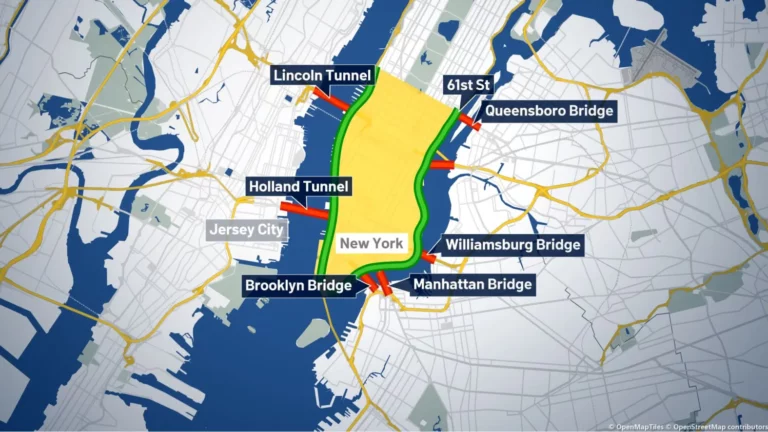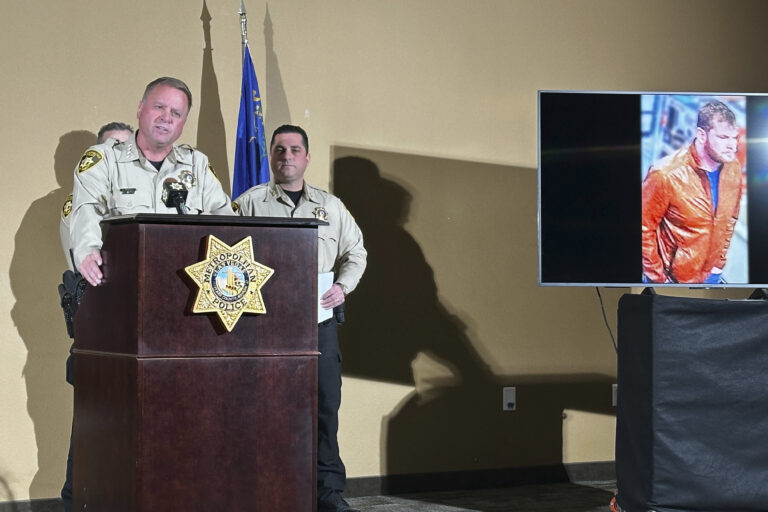 Over the past two years, Treasury Secretary Timothy F. Geithner has dealt with the fallout of bank bailouts, pushed for broad new financial rules and navigated complex economic relationships with other nations.
Over the past two years, Treasury Secretary Timothy F. Geithner has dealt with the fallout of bank bailouts, pushed for broad new financial rules and navigated complex economic relationships with other nations.
But due to production problems, he’ll have to wait awhile longer to enjoy one of the perks of his position – having $100 bills bearing his signature circulate throughout the globe.
The issue stems from what officials called a “problem with sporadic creasing of the paper during printing” that resulted in blanks spots on some of the newly redesigned bills. Officials at the Bureau of Engraving and Printing are working with Crane & Co., which has supplied the government with paper for currency for more than 130 years, to identify what caused the errors and to figure out how to sort through hundreds of millions of bills to weed out and shred the faulty ones.
The “new Benjamins,” as Geithner called them during an unveiling ceremony earlier this spring, were scheduled to begin circulating in February 2011. More than 1 billion of the $100 bills bearing Geithner’s signature were printed, but they remain in storage at Bureau of Engraving and Printing vaults in Washington and Fort Worth, Texas, while officials determine how many have been rendered unusable.
Numerous government officials expressed confidence that the majority of the $100 bills bearing Geithner’s signature will be found acceptable and eventually shipped to the Federal Reserve, which will put the money into circulation.
The Fed announced that the new bills had been placed on hold in early October, but the issue received scant notice until a CNBC report drew attention to the problem Monday.
Officials remained uncertain when the new bills would be distributed. In the meantime, they said, the Bureau of Engraving and Printing will continue to use the current design, which bears the signature of former Bush Treasury Secretary Henry M. Paulson.
The Geithner $100 bills feature an array of new security features aimed at thwarting counterfeiters, including a blue 3-D security ribbon with small images of bells that change into 100s as the bill is tilted. The strip is woven into the front of the bill. In addition, the new design features an image of a color-shifting bell inside a copper-colored inkwell on the lower front. Officials also retained some older security features, such as portrait watermarks and raised printing. The Geithner bills also cost more to produce than the Paulson version – nearly 12 cents per bill versus 8.5 cents for each Paulson bill.
(Source: Washington Post)










